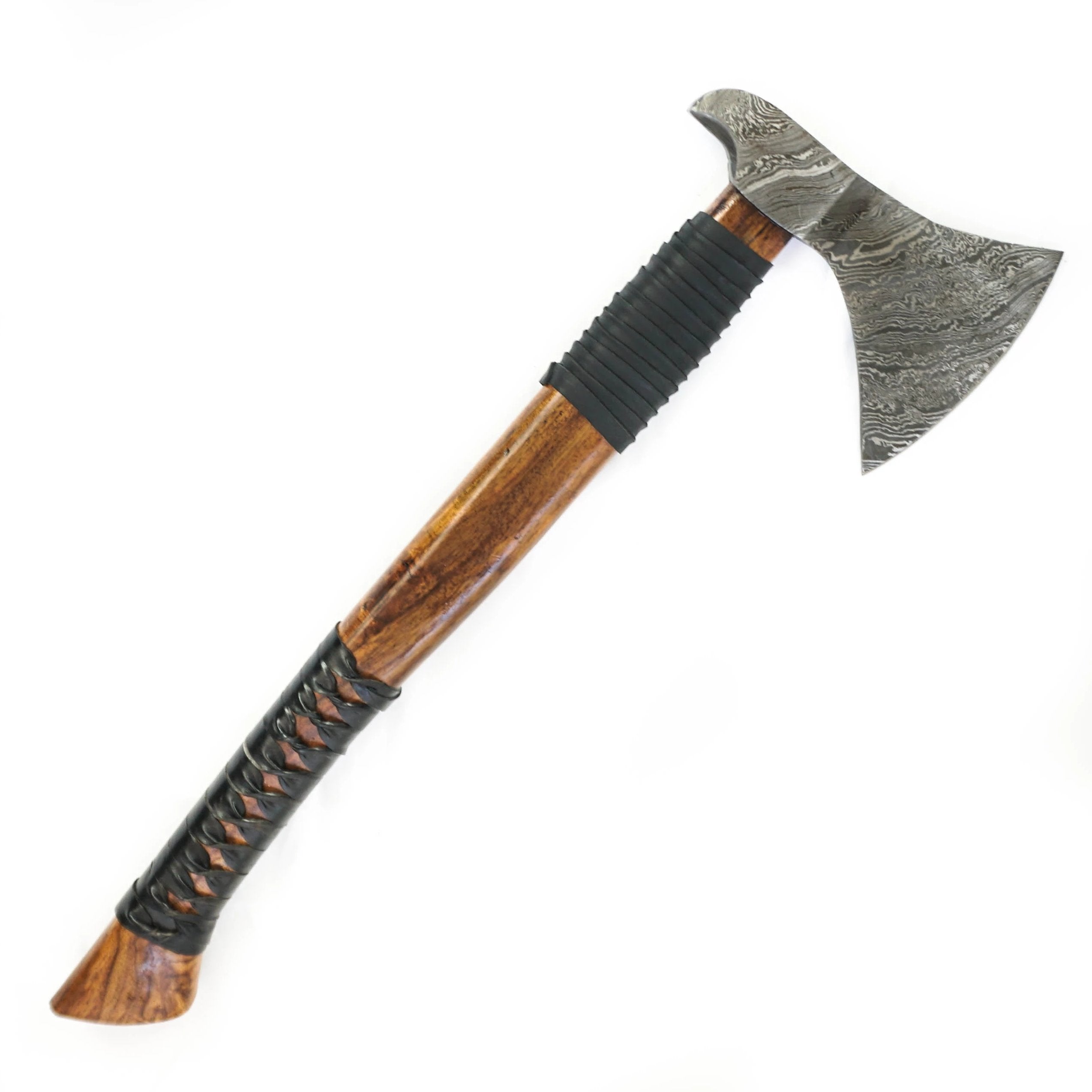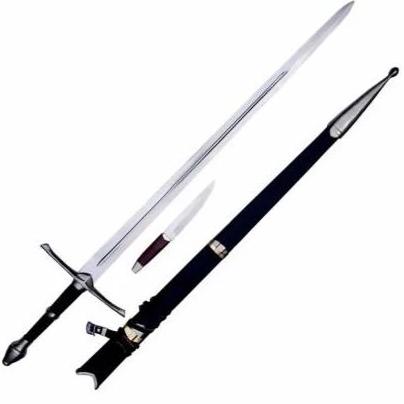The Gurkha Kukri: A Blend of Tradition and Utility
The Gurkha Kukri knife stands as a powerful symbol of Nepalese culture, martial prowess, and practical utility. Steeped in history, this knife is both a fearsome weapon and a reliable tool, exemplifying the spirit of the Gurkha soldiers renowned for their valor and combat skills.
Cultural and Historical Significance:
-
Multi-faceted Use: The Kukri is used in Nepal not only for combat but also in a variety of everyday activities, ranging from agricultural tasks to ceremonial functions.
-
Global Military Recognition: Its adoption by various military regiments around the world, including the illustrious Royal Gurkha Rifles, highlights its effectiveness and the respect it commands.
Blade Craftsmanship:
-
Damascus Steel Construction: The Kukri is fashioned from pattern-welded Damascus steel, known for its distinctive patterns and resilience.
-
Layered Steel Formation: A precise folding process results in 352 layers of steel, providing a balance of hardness and flexibility.
Design and Functionality:
-
Curved Blade: The inward curve of the Kukri is designed to deliver powerful chopping and slashing strikes, a characteristic that makes it effective in both combat and as a utility blade.
-
Rockwell Hardness: With a hardness rating of 55-56 HRC, the blade can sustain a sharp edge while resisting wear and impact.
Handle and Ergonomics:
-
Material Discrepancy: There is a contradiction in the description with the handle material being listed as wood in the narrative but as Micarta in the details. Micarta is a popular choice for modern knife handles due to its durability and grip under various conditions.
-
Stag Horn Pommels: The use of stag horn for the pommels adds traditional aesthetic value and provides a comfortable counterbalance to the blade.
Protection and Portability:
- The accompanying leather sheath ensures the Kukri is safely transported and stored, protecting the blade and the user.
Conclusion:
This 13-inch Gurkha Kukri knife, with its high carbon Damascus steel construction, is a testament to the traditional craftsmanship of Nepal. While the blade is reminiscent of the iconic gladius, its use and symbolism are firmly rooted in Nepalese culture. It represents a vital link between the Gurkhas’ past and present, embodying their spirit in its every curve and edge. As a handmade machete, knife, or short sword, it is a versatile piece respected by collectors and practitioners alike.

 Fast & Free Shipping
Fast & Free Shipping
 30 day Money Back Guarantee
30 day Money Back Guarantee
 30 day Money Back
30 day Money Back
 Secure Checkout
Secure Checkout










